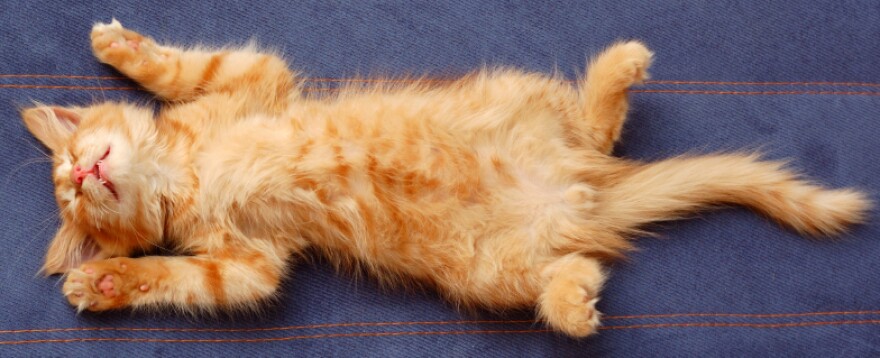Sometimes it feels like all the fancy meteorological machinery and prognostication equipment is actually working. And that the weather folks may finally be able to predict — albeit with constant updates and countless hedge words — what the weather is going to be.
At least for the next day or so.
But is that good enough?
H.H.C. Dunwoody didn't think so. Dunwoody was a lieutenant in the U.S. Army Signal Service, predecessor to today's National Weather Service. In an 1883 book -- commissioned by the U.S. War Department and approved by the chief signal officer — Dunwoody lamented that "the ablest meteorologists of today, aided by the most perfect meteorological instruments and the results of years of accurate instrumental observations, are still unable to give reliable forecasts of the weather for a longer period than two or three days, and frequently not longer than twenty-four hours."
It was Dunwoody's belief that the meteorologists should not only focus on advancing forecast technology, but on studying the natural world as well. "It is possible that a more accurate observation of the condition of plants or the condition or actions of animals," he wrote in the introduction to Signal Service Notes, Issue 9, "might lead to some valuable suggestion in this important field of investigation."
Scientific inquiry meets adages and old saws. Producing perhaps a sort of Old Scientist's Almanac.
Double Rainbow
To further the pursuit, the Signal Service gathered folk wisdom from here and yond, proverbs concerning the sun, the moon, the stars, winds, rainbows, mist and fog: The appearance of two or three rainbows indicates fair weather for present, but settled and heavy rains in a few days.
And proverbs pertaining to plants, such as clover, onions and seaweed: Onion-skins very thin / Mild winter coming in; / Onion-skins thick and tough, / Coming winter cold and rough.
... animals, such as bats, dogs, rabbits, mice and swine: Bats flying late in the evening indicate fair weather.
... and miscellaneous matter, such as lamps, rope, soap, smoke and aching teeth. Lamps, from the manner in which they burn, forebode weather. Before rain they burn less bright, the flame snaps and crackles ...
Feline Forecasters
And cats. Lots of cats.
"Cats have the reputation of being weather wise," according to the book. "It is almost universally believed that good weather may be expected when the cat washes herself, but bad when she licks her coat against the grain, or washes her face over her ears or sits with her tail to the fire."
Now in 2014, we seem to be doing pretty well with the technology. Maybe we should focus some of our attention on the world around us — especially cats. As these weather proverbs from that long-ago book suggest:
The Protojournalist is an experiment in reporting. Abstract. Concrete. @NPRtpj
Copyright 2021 NPR. To see more, visit https://www.npr.org. 9(MDAxODg3MTg0MDEyMTg2NTY3OTI5YTI3ZA004))




